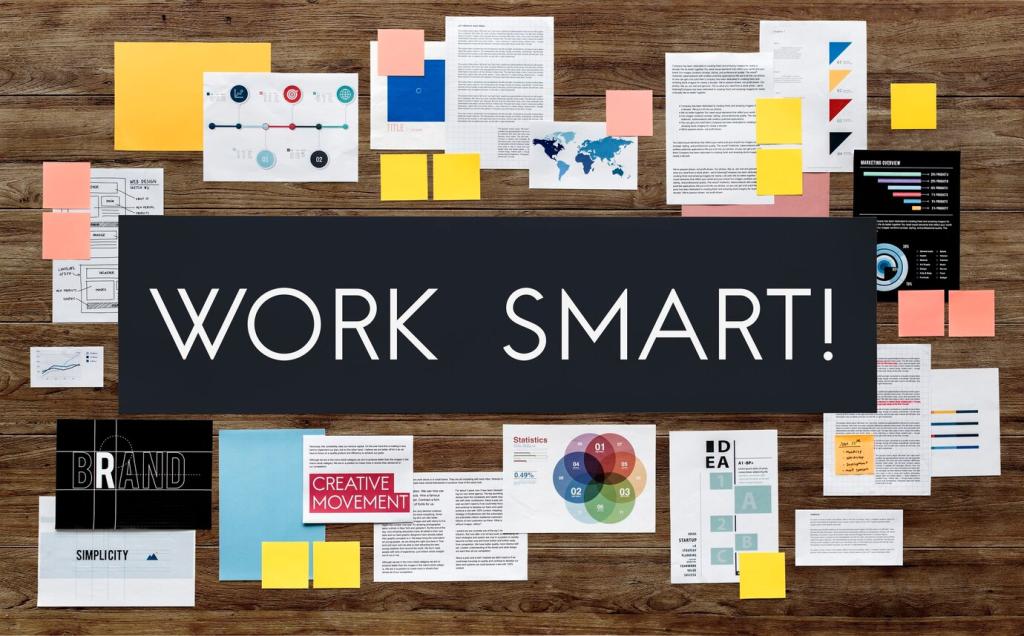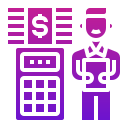
Efficient Resource Allocation through Cloud Accounting
Chosen theme: Efficient Resource Allocation through Cloud Accounting. Welcome to a friendly, insightful space where finance leaders, operators, and builders learn to place every dollar where it creates the most value. Subscribe, comment, and share your experiences—we grow smarter together.
Why Cloud Accounting Unlocks Efficient Resource Allocation
Traditional ledgers capture history; cloud accounting captures momentum. Streaming data, APIs, and dimensional reporting reveal where resources generate impact right now, enabling you to adjust allocations before waste accumulates or opportunities quietly drift away.


Why Cloud Accounting Unlocks Efficient Resource Allocation
A CFO noticed rising infrastructure costs but flat usage. Cloud accounting surfaced tag-level spend by product and environment. With new thresholds and auto-approvals, they decommissioned idle resources and reallocated budget to customer onboarding with immediate payoff.
Real-Time Budgeting, Forecasting, and Scenario Planning
01
Rolling forecasts that actually roll
Plug actuals into driver-based models continuously, not quarterly. As signals shift, your forecast and allocation do too—so marketing, engineering, and operations receive the right funds exactly when they can use them best.
02
Driver-based models built on clean cloud data
Connect revenue, product usage, and staffing plans to financial drivers like acquisition cost and support hours. With trustworthy integrations, you can redirect dollars from low-yield channels toward proven growth levers without waiting for month-end.
03
Closing the loop with variance analysis
Dimensional variance analysis explains not just what changed, but why. When spend deviates from plan, you can isolate the driver, trigger a workflow, and reassign budget in time to protect margins and momentum.



Resource tagging that tells the truth
Define tags for product, environment, region, and owner. Enforce them at procurement and provisioning. When every transaction carries context, your cloud accounting reports reveal actionable patterns instead of murky, catch-all categories that obscure accountability.
Fair, transparent cost allocation across teams
Dimension-based rules distribute shared expenses—like platform, security, or facilities—according to usage. Clear logic builds trust, and teams manage their own tradeoffs when they finally see the real cost of their choices, in context.
Know your unit economics in real time
Tie costs to active customers, seats, or orders. When contribution margins slip, alerts help reassign spend toward retention, pricing experiments, or operational fixes, ensuring resources flow toward the healthiest parts of your business.
Scalability, Elasticity, and the OPEX Advantage
When demand spikes, capacity expands without frantic approvals. When it fades, spend recedes automatically. Cloud accounting documents these shifts, helping finance validate savings and redirect funds toward backlog reduction or revenue-generating experiments.
Scalability, Elasticity, and the OPEX Advantage
Moving from CAPEX-heavy tooling to flexible OPEX reduces stranded investments. With shorter commitment cycles, you can test vendors, measure outcomes, and rapidly redeploy budget where performance outpaces expectations and contractual constraints are minimal.
Scalability, Elasticity, and the OPEX Advantage
Consolidate across subsidiaries and currencies with automated eliminations and FX handling. Executives gain a unified view of performance, making cross-border reallocations faster, safer, and more aligned to the most promising regional opportunities.



